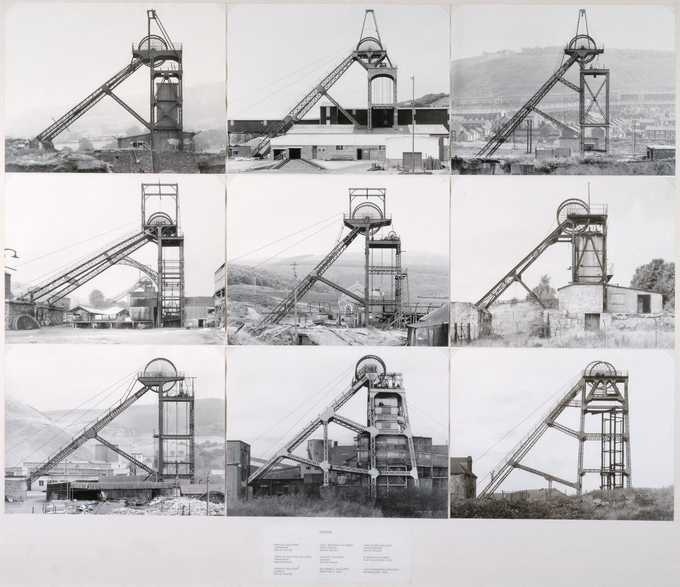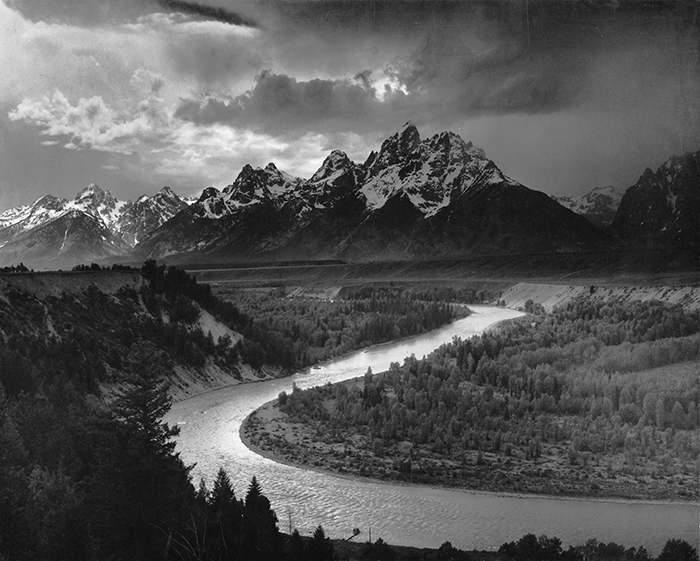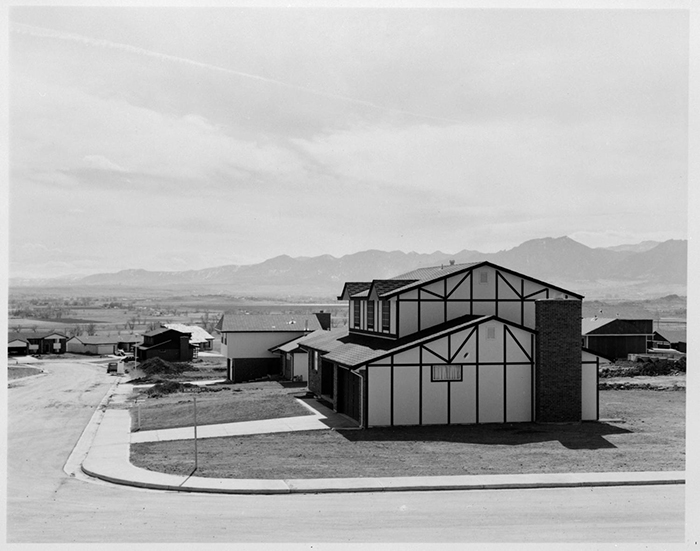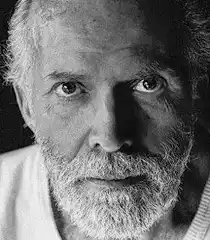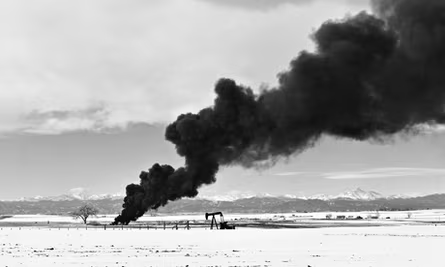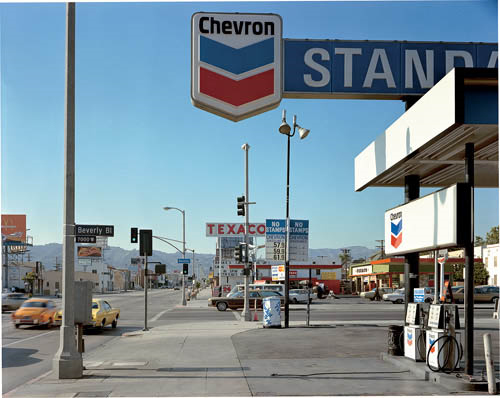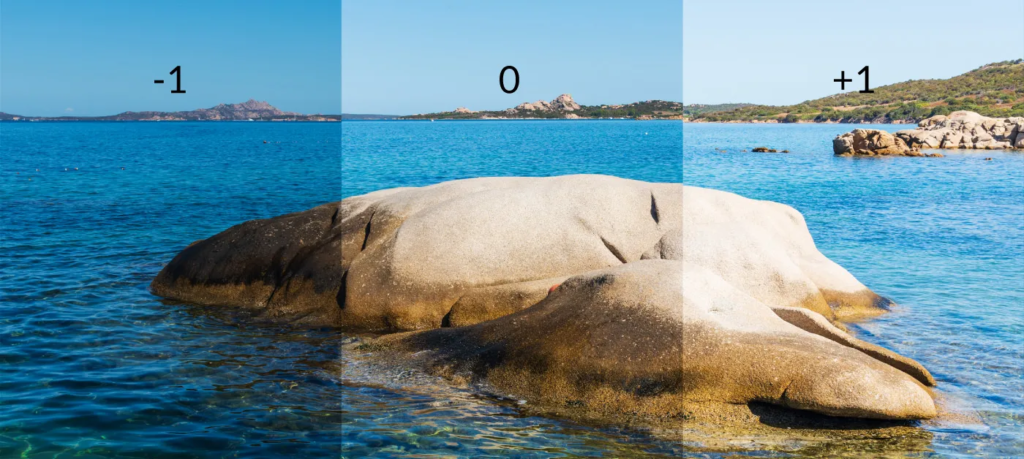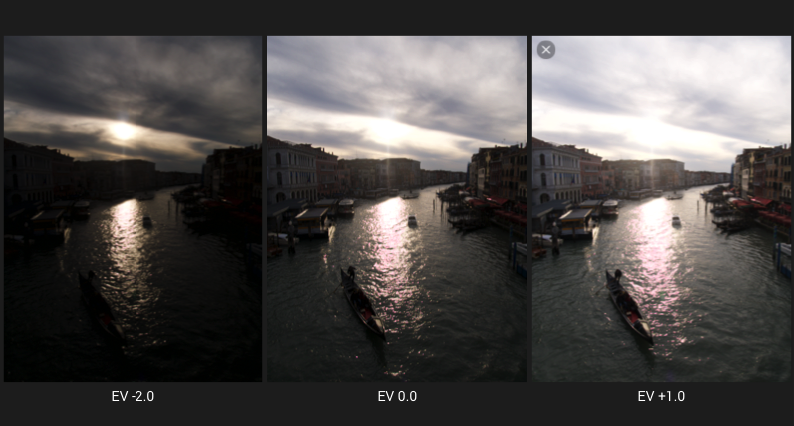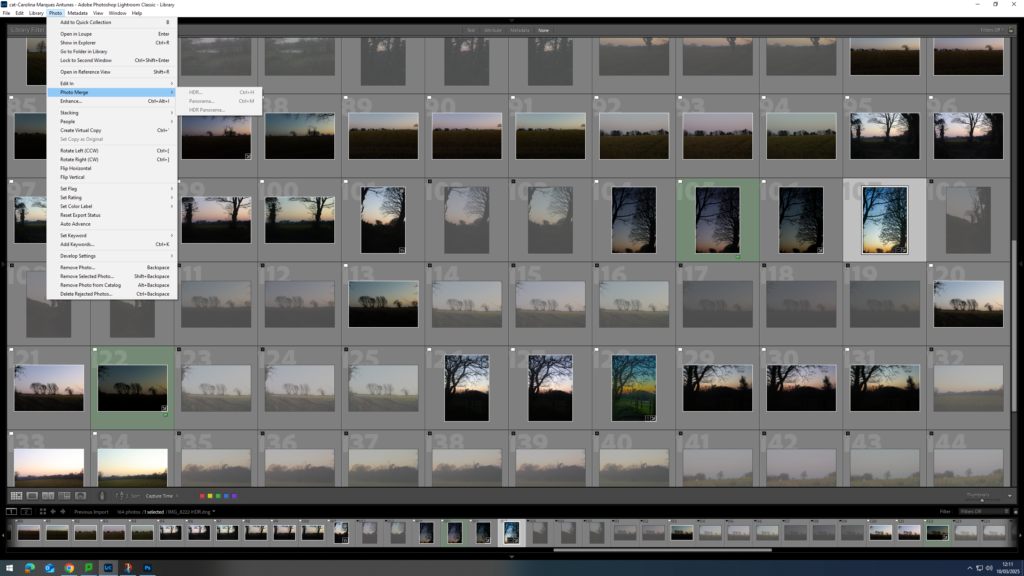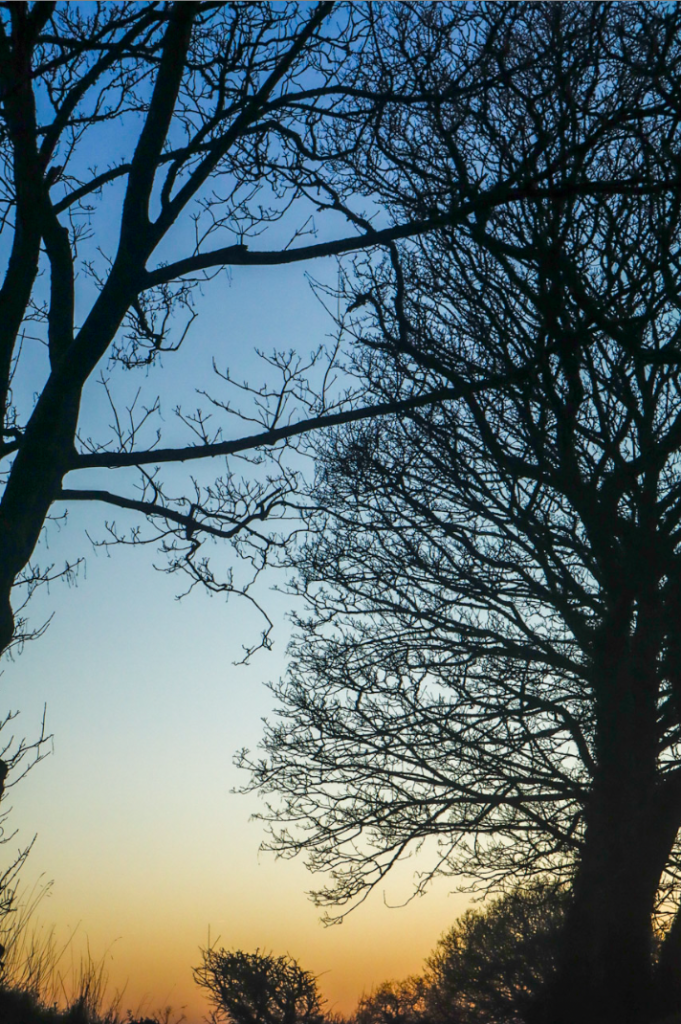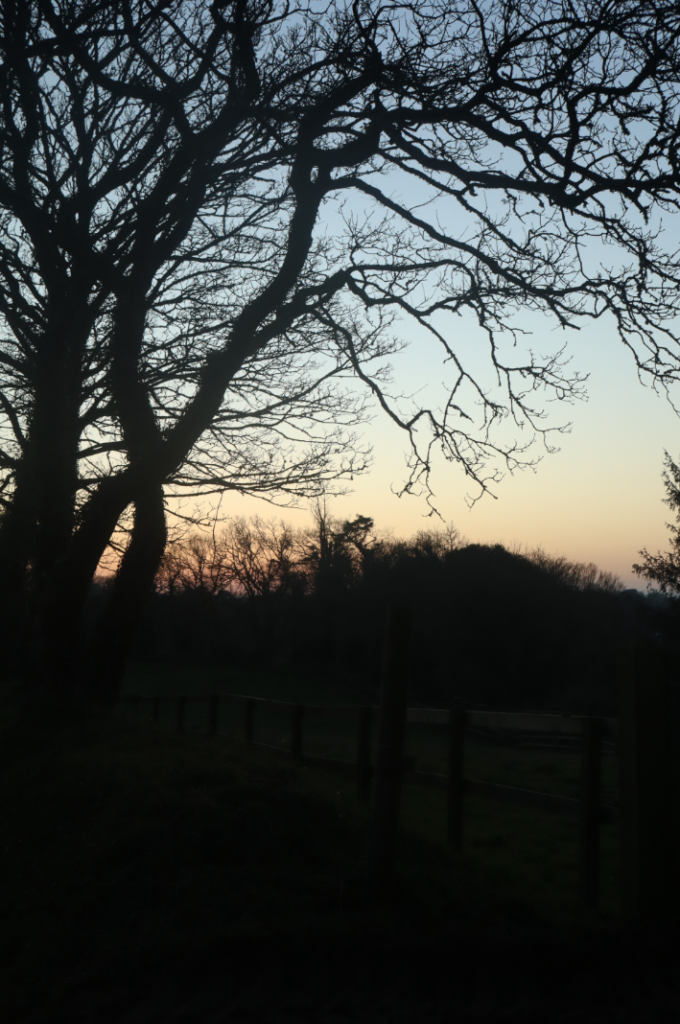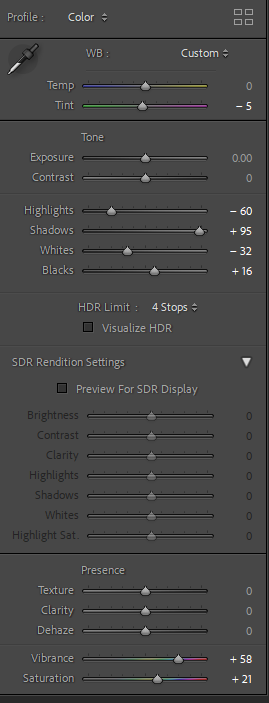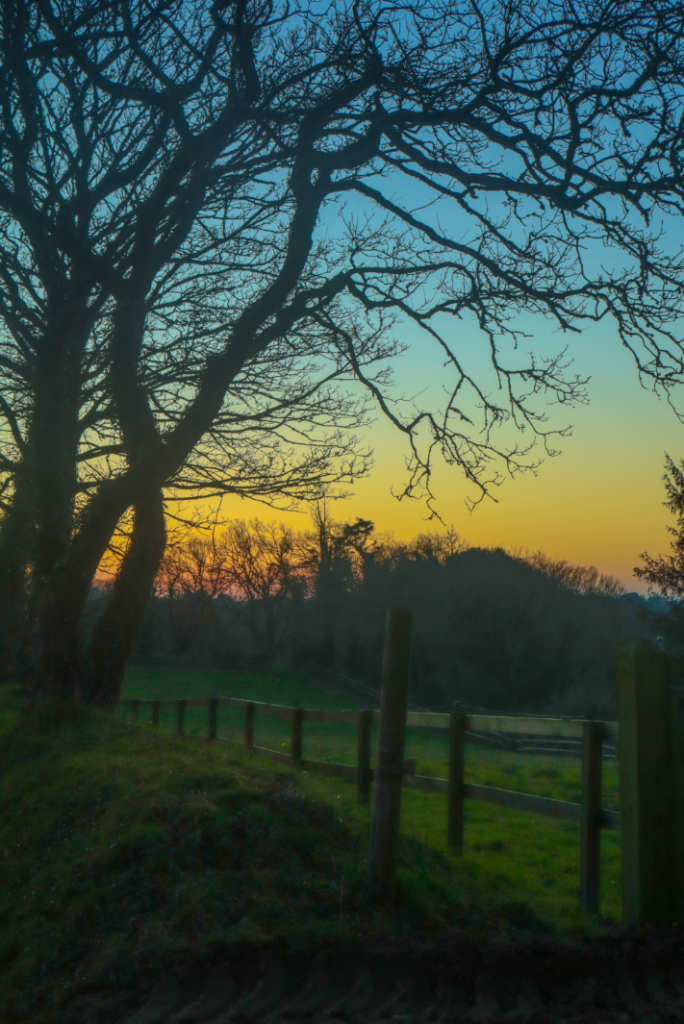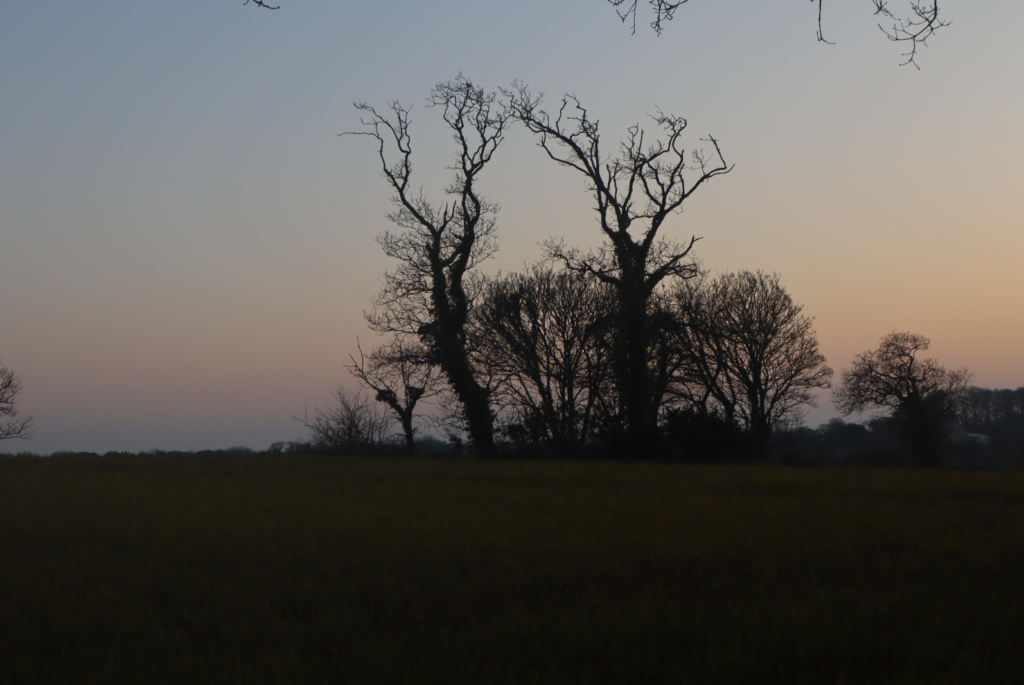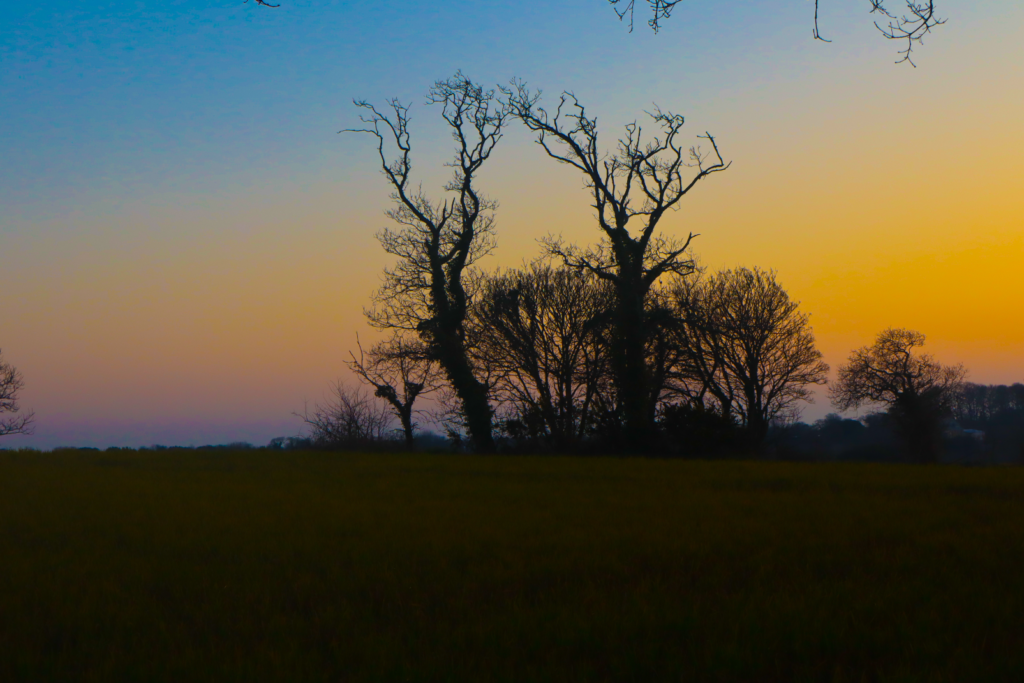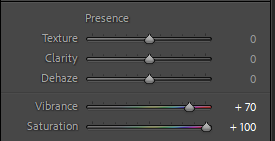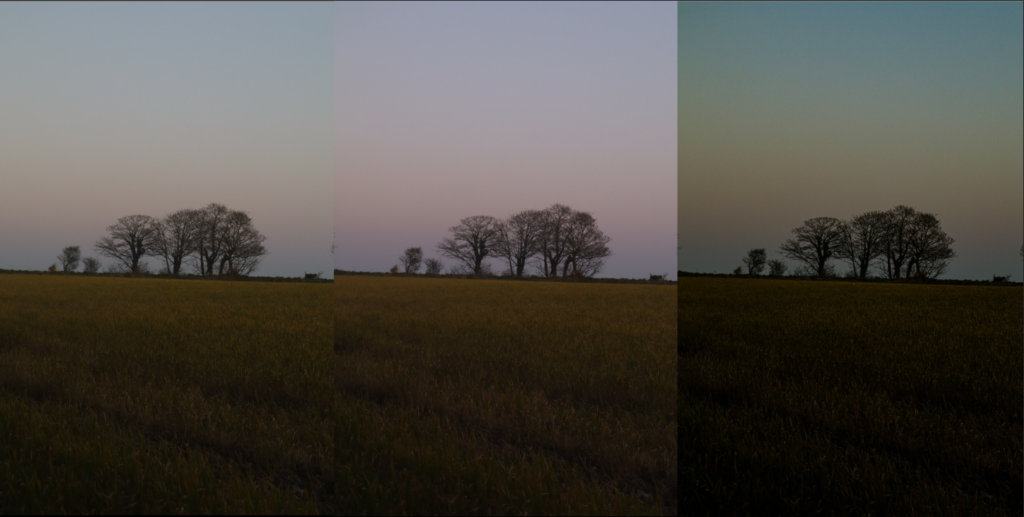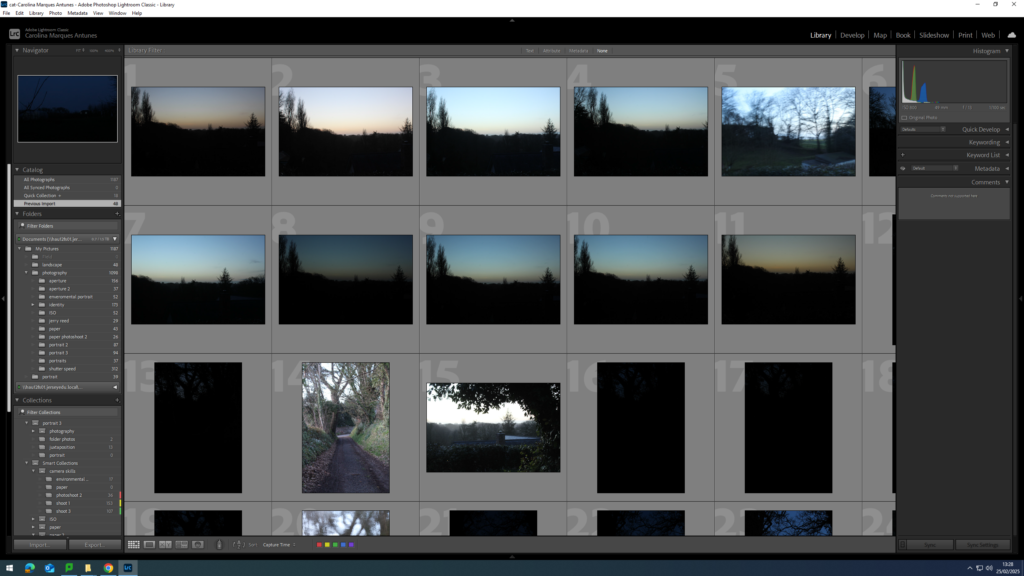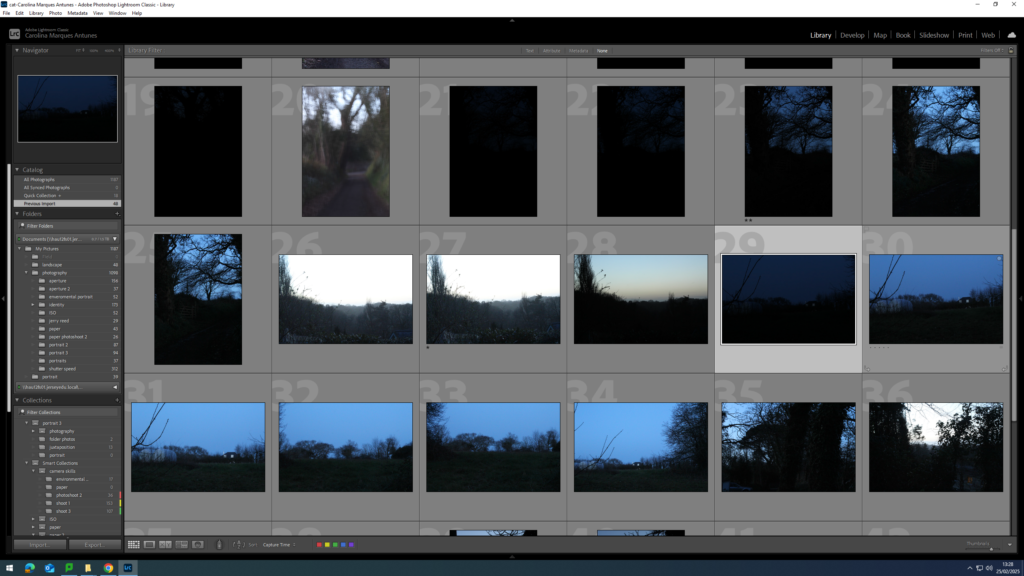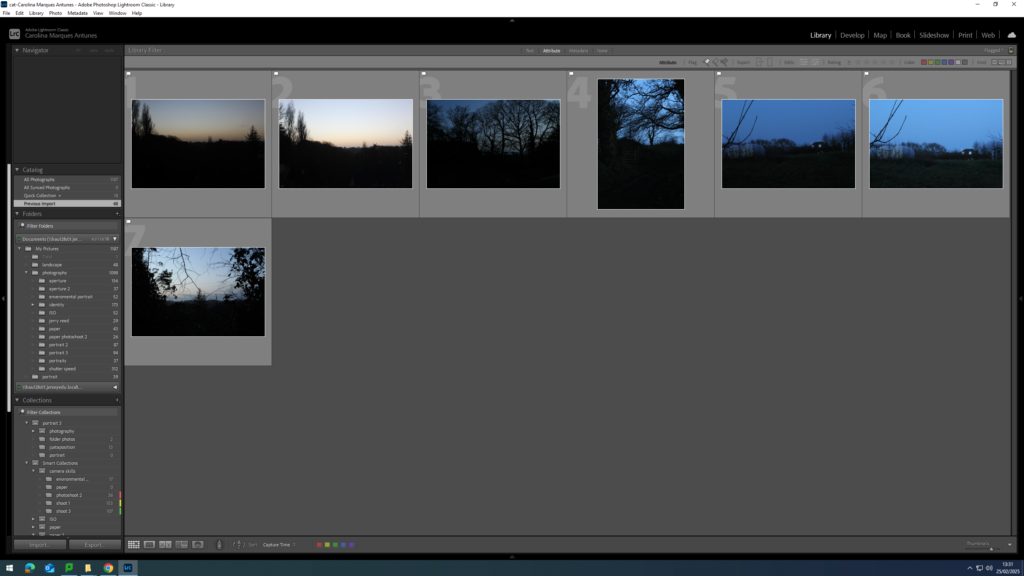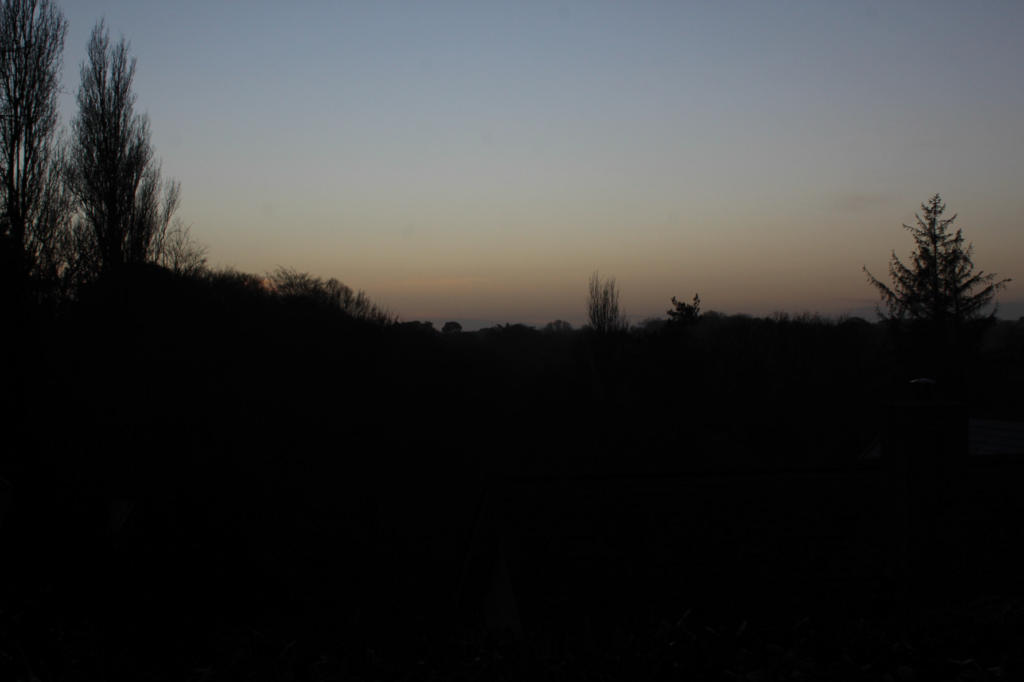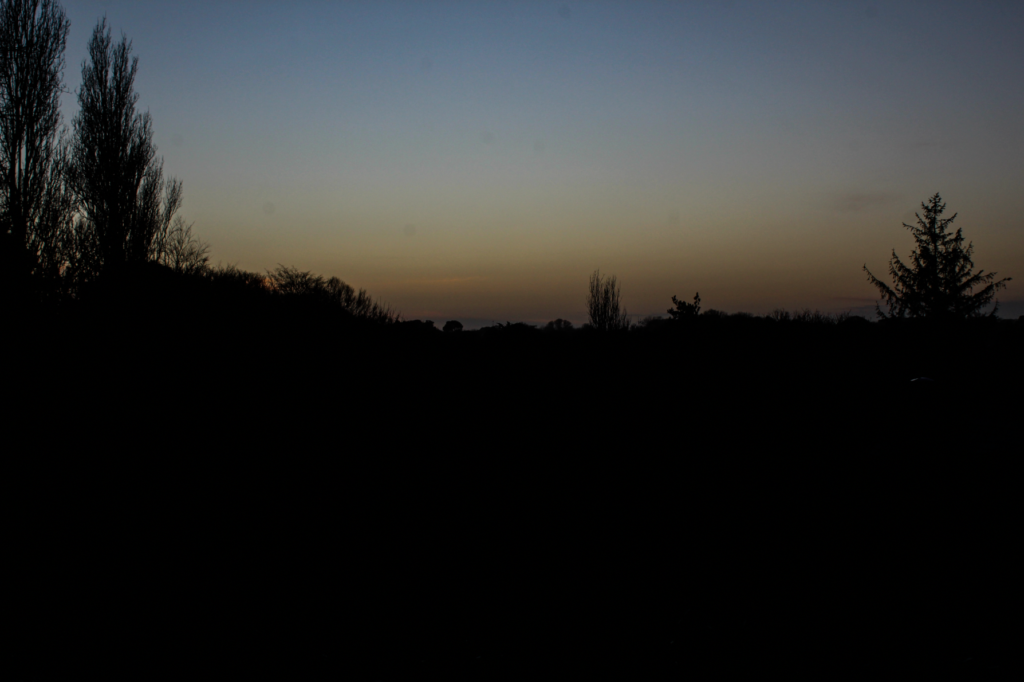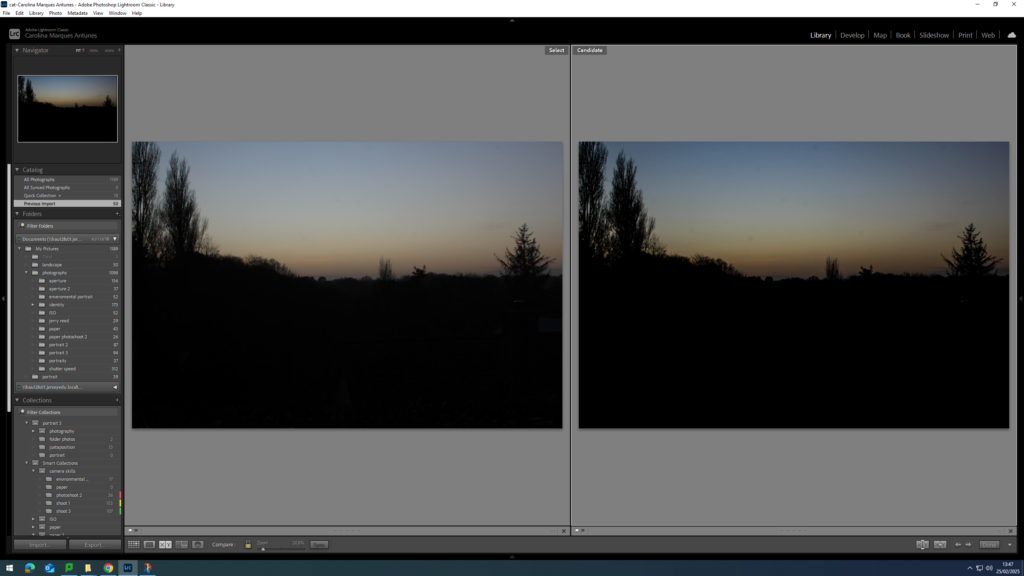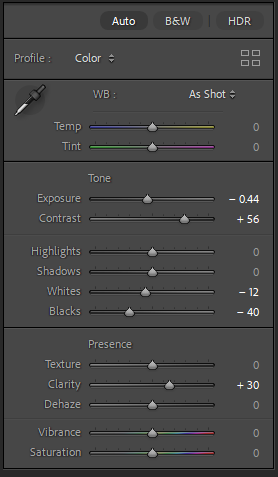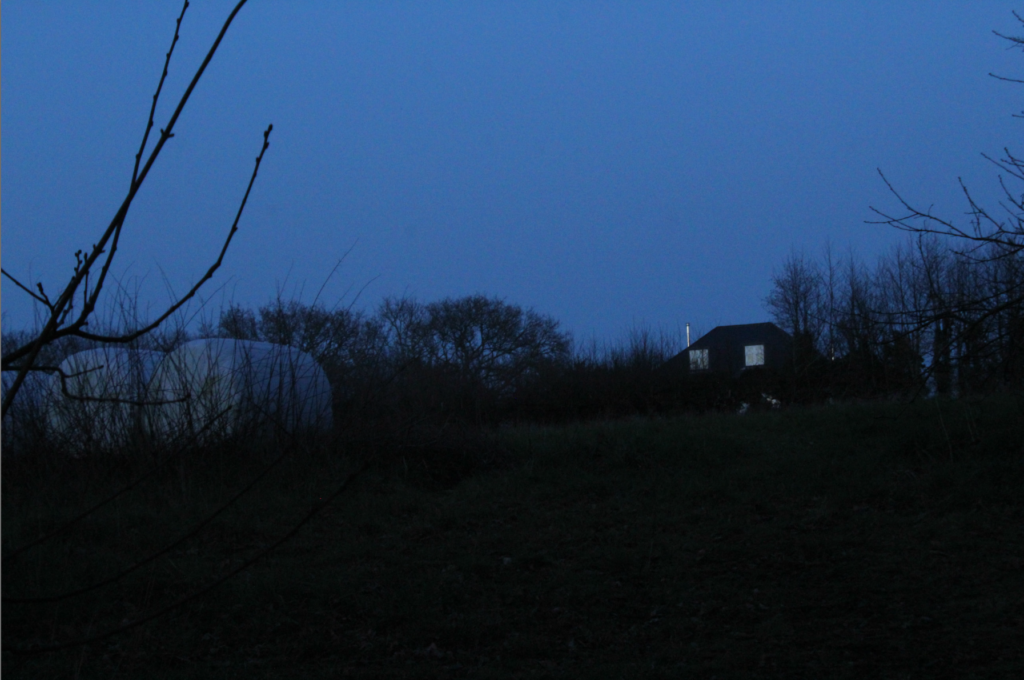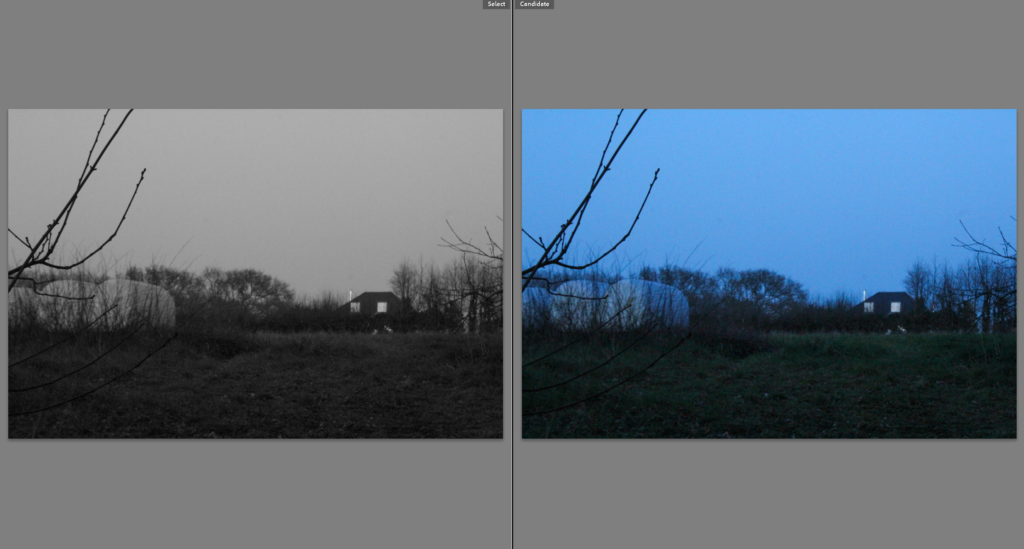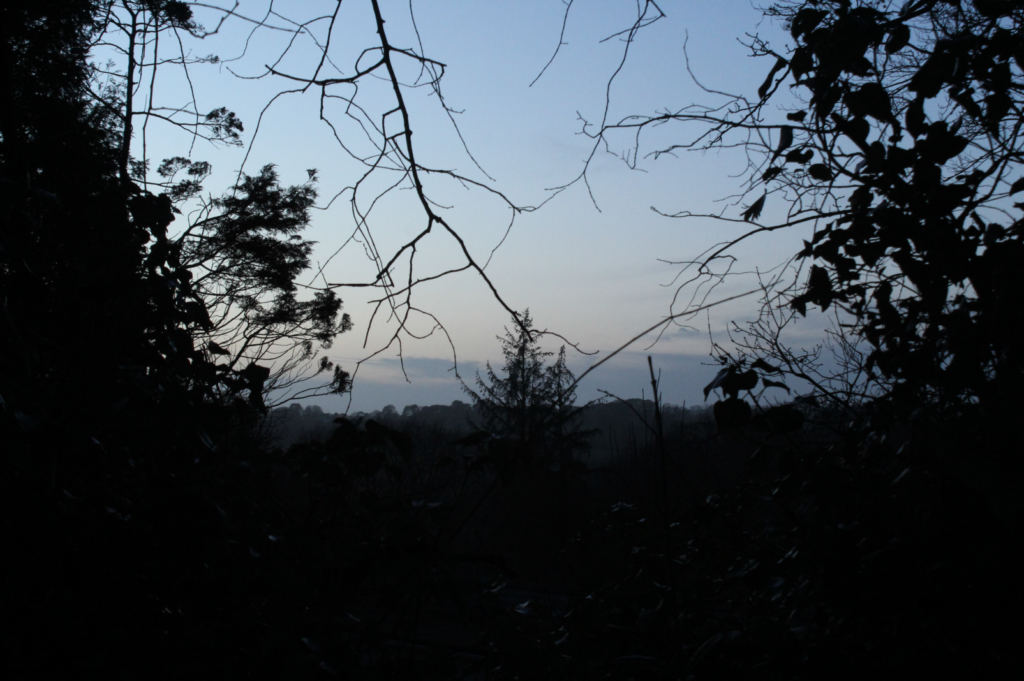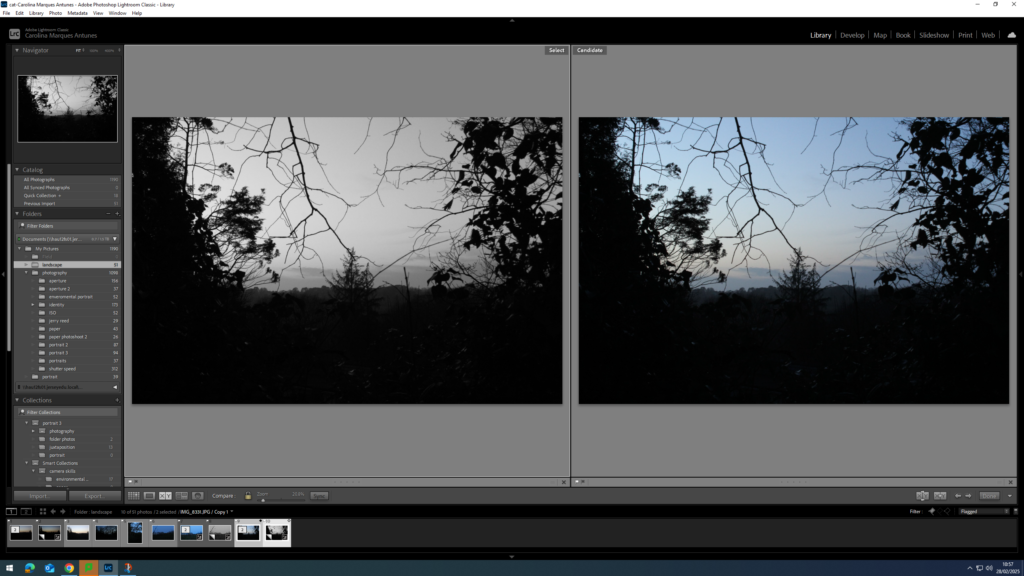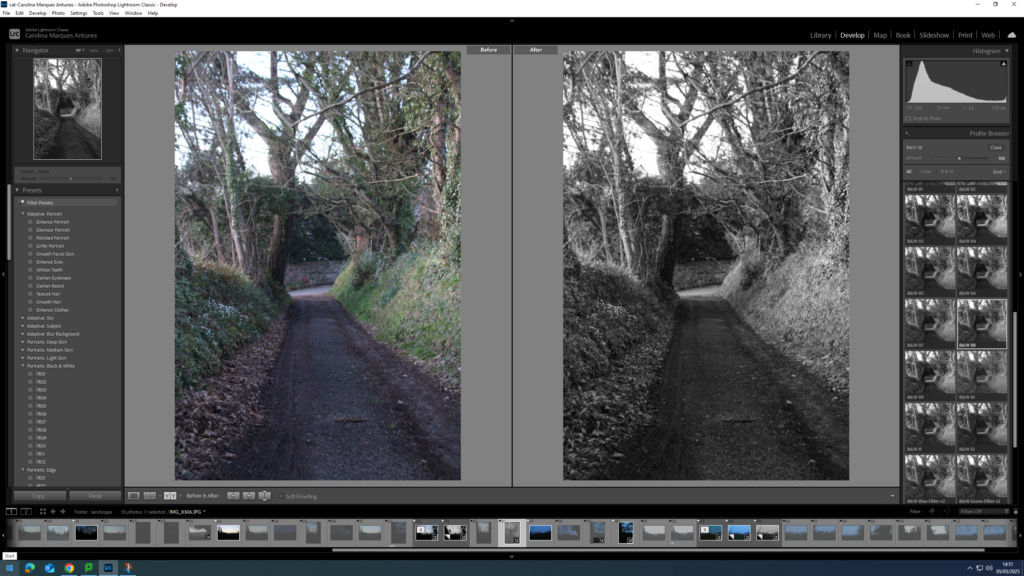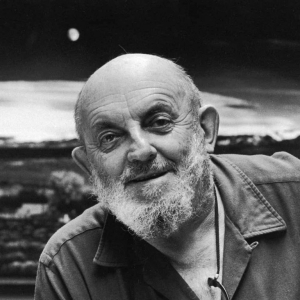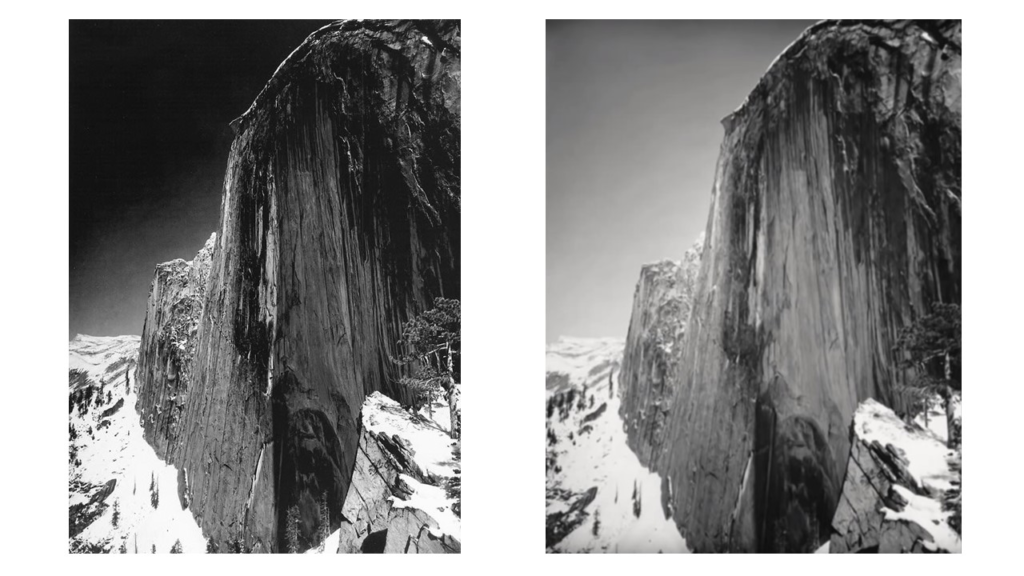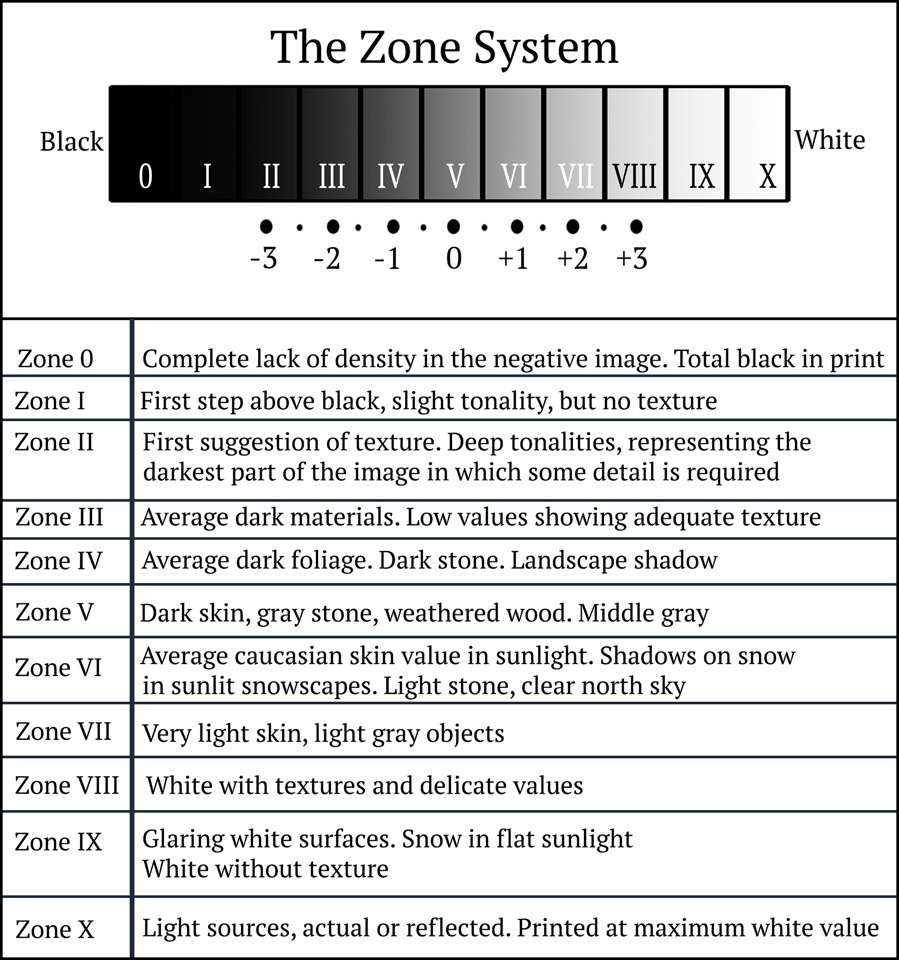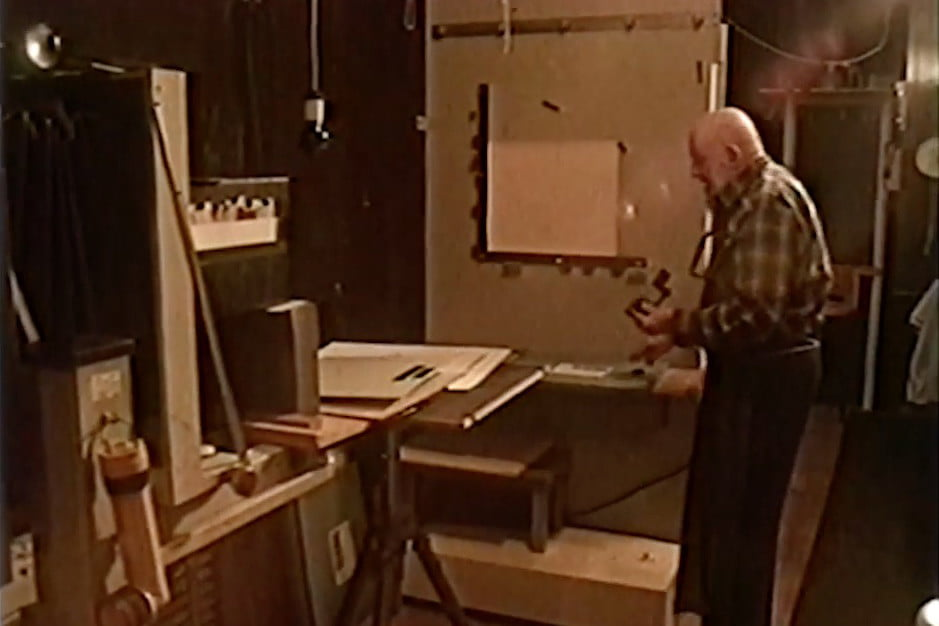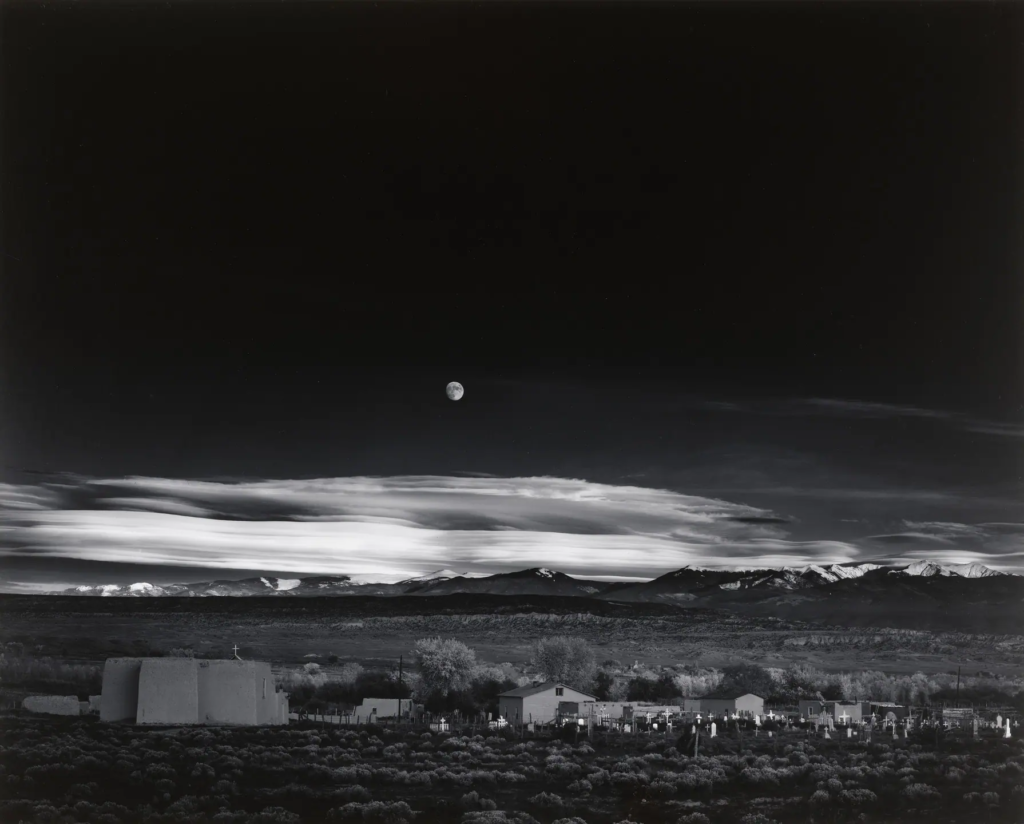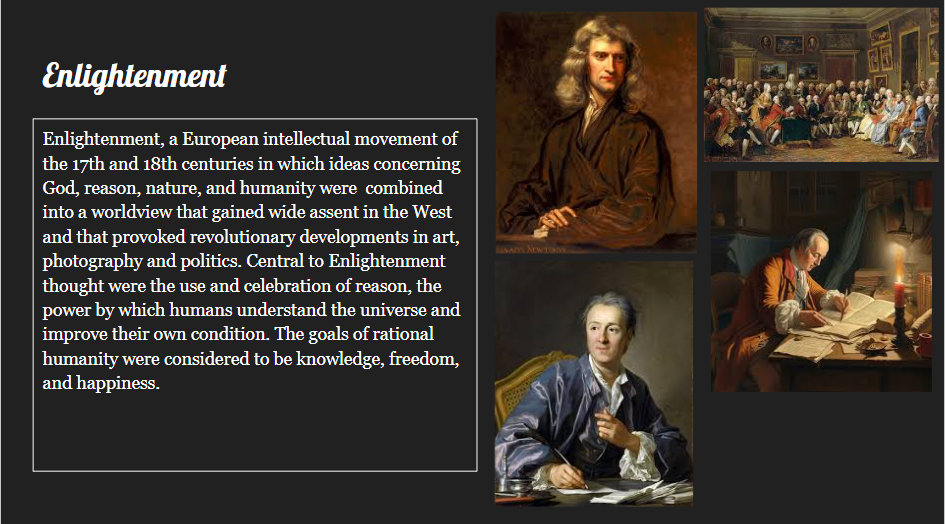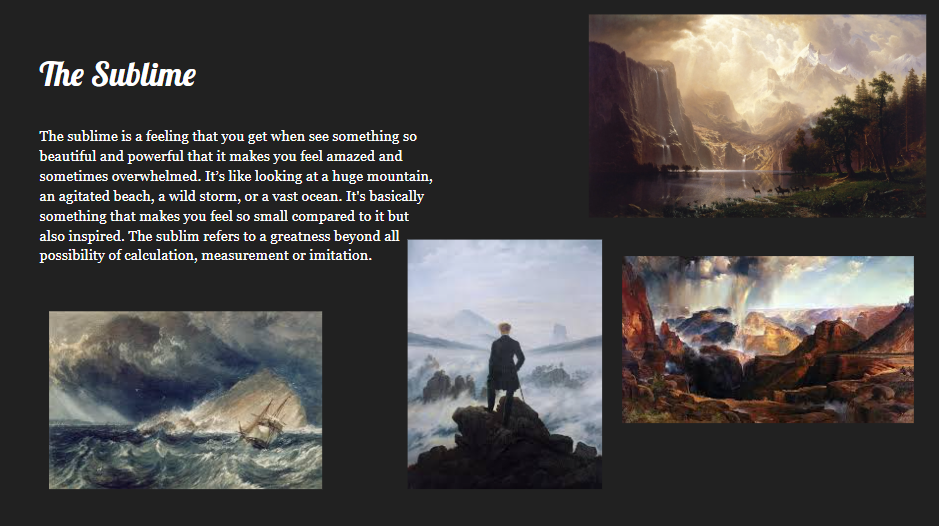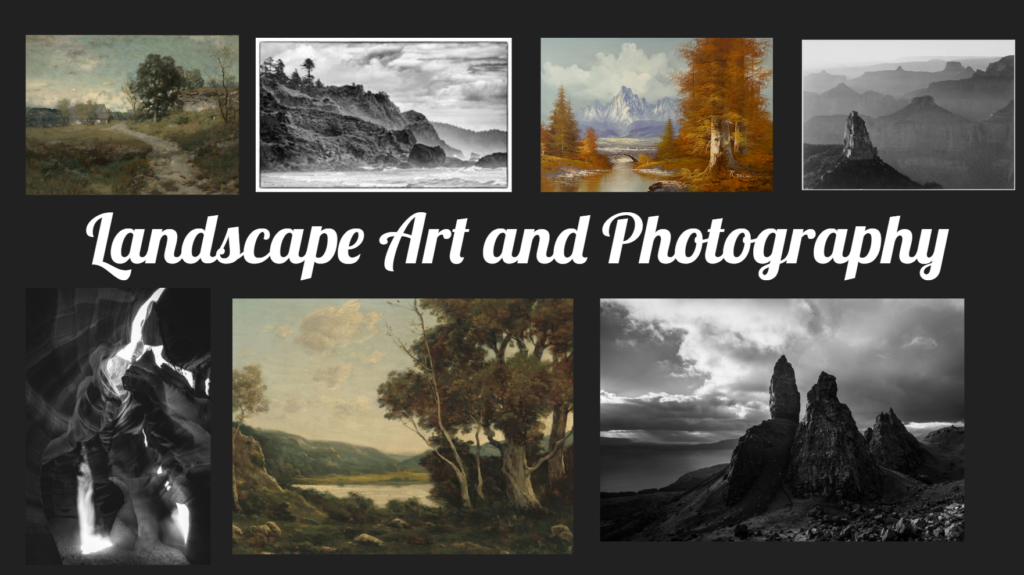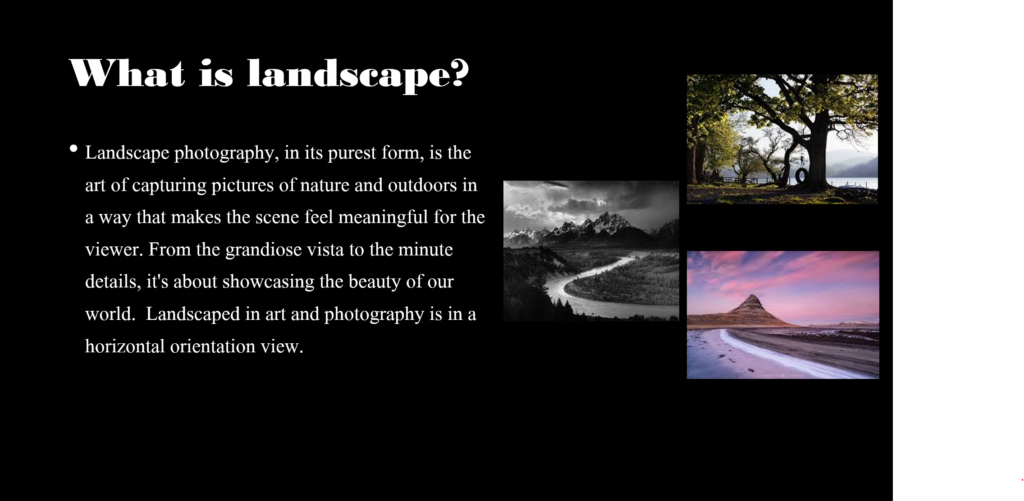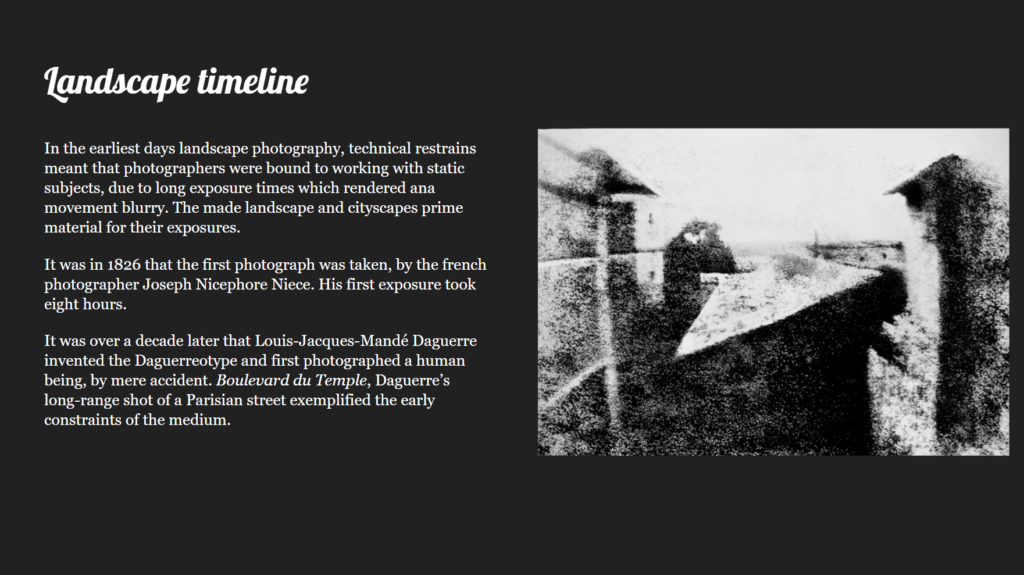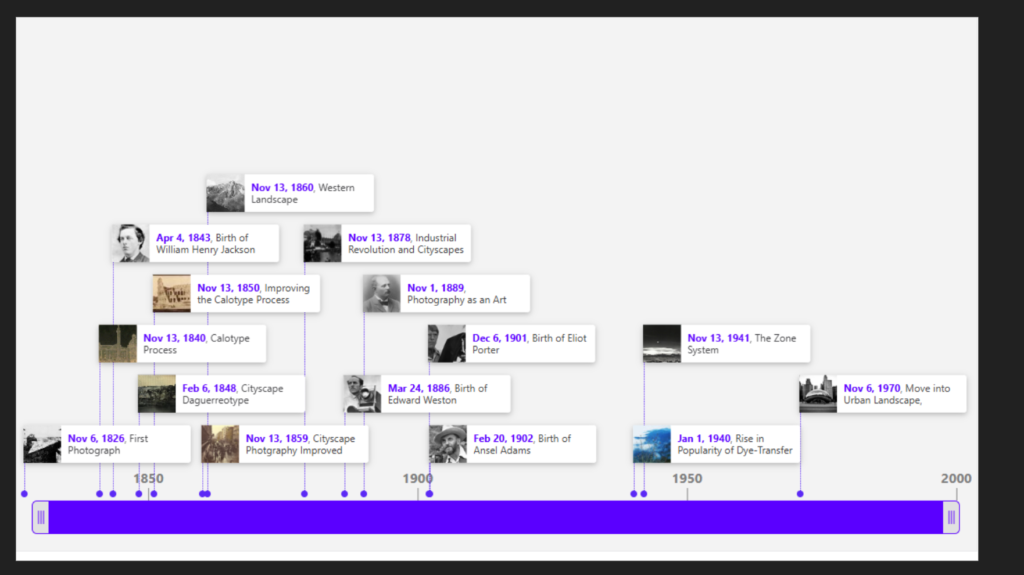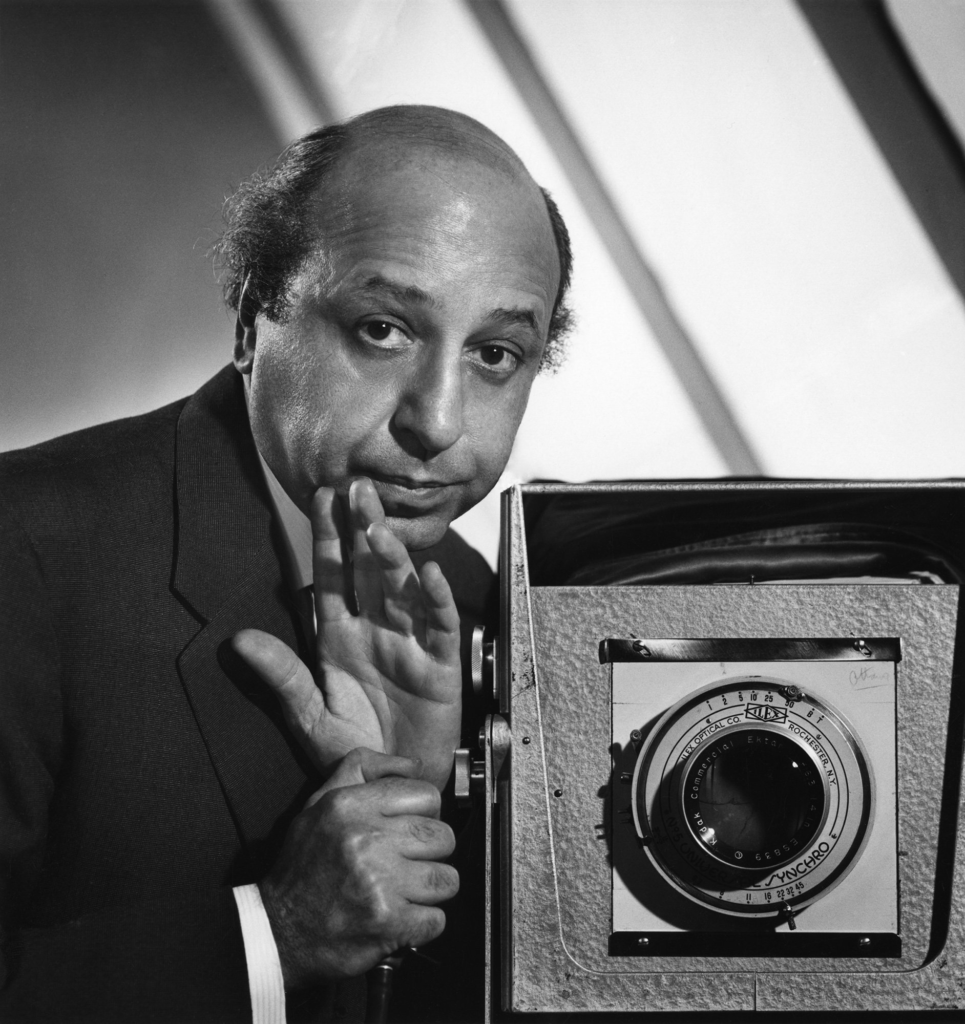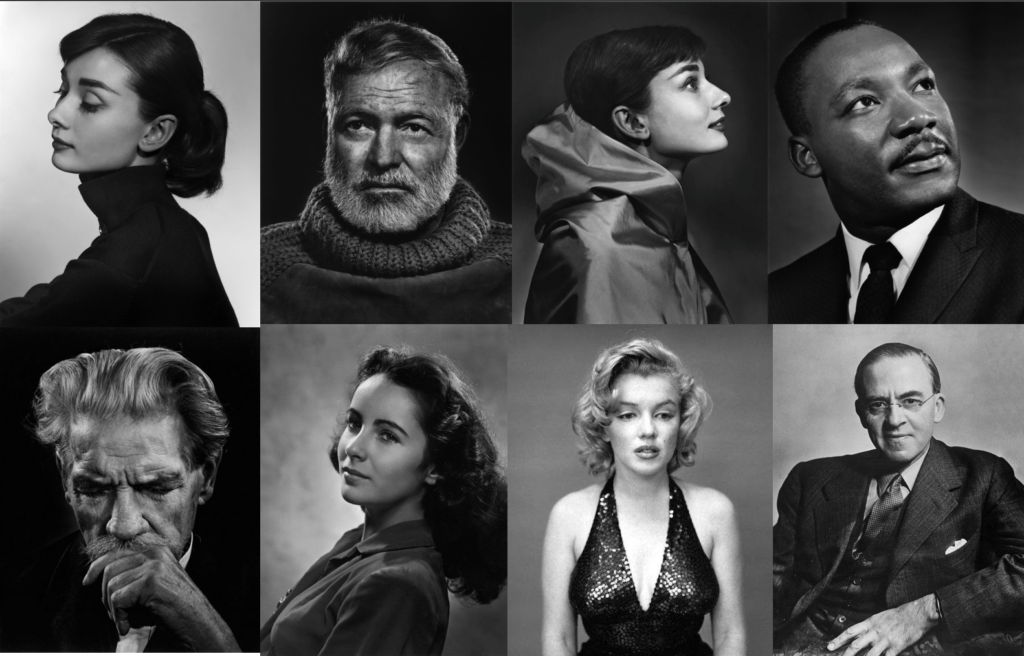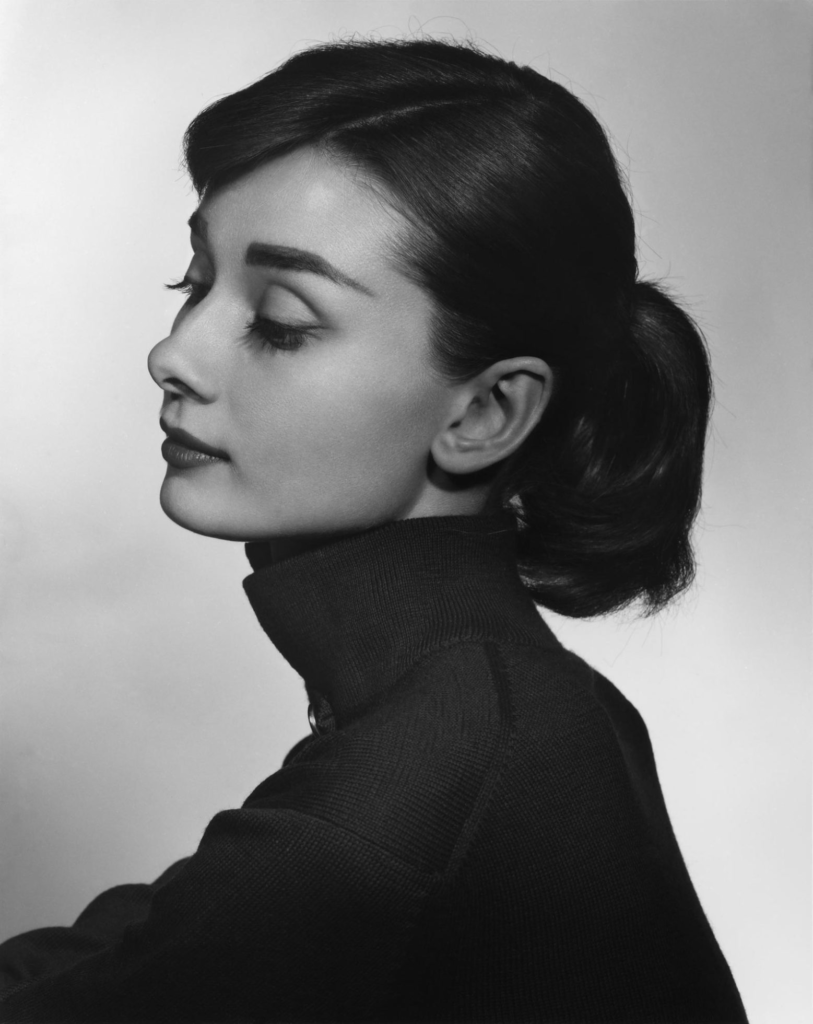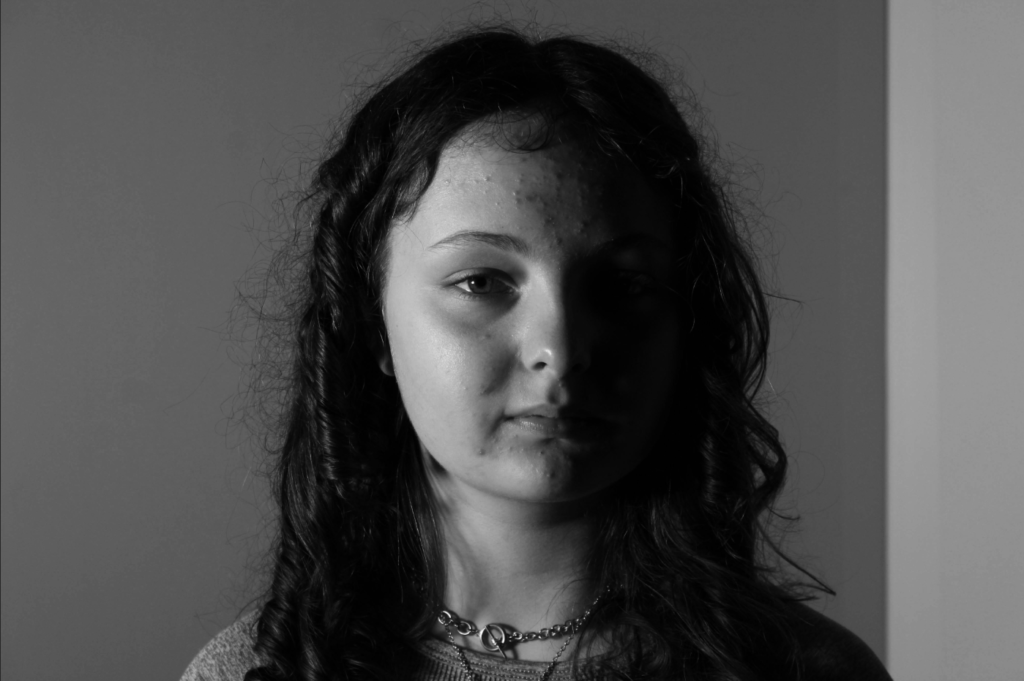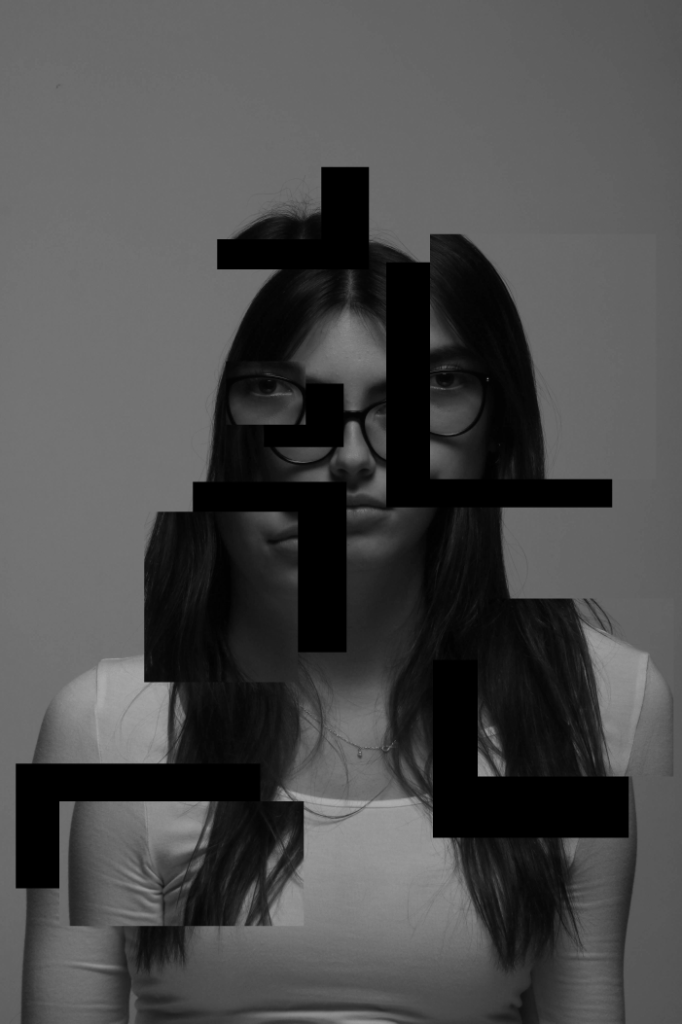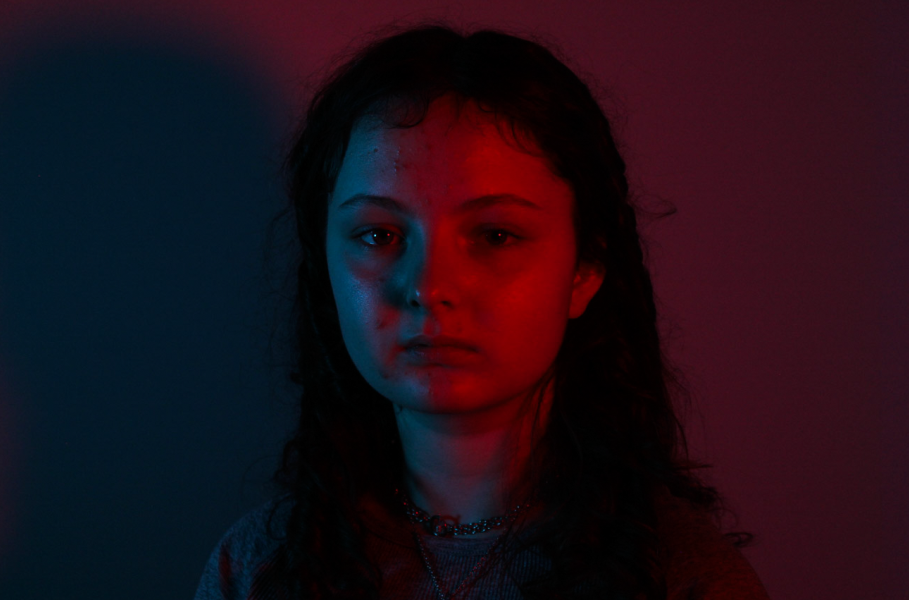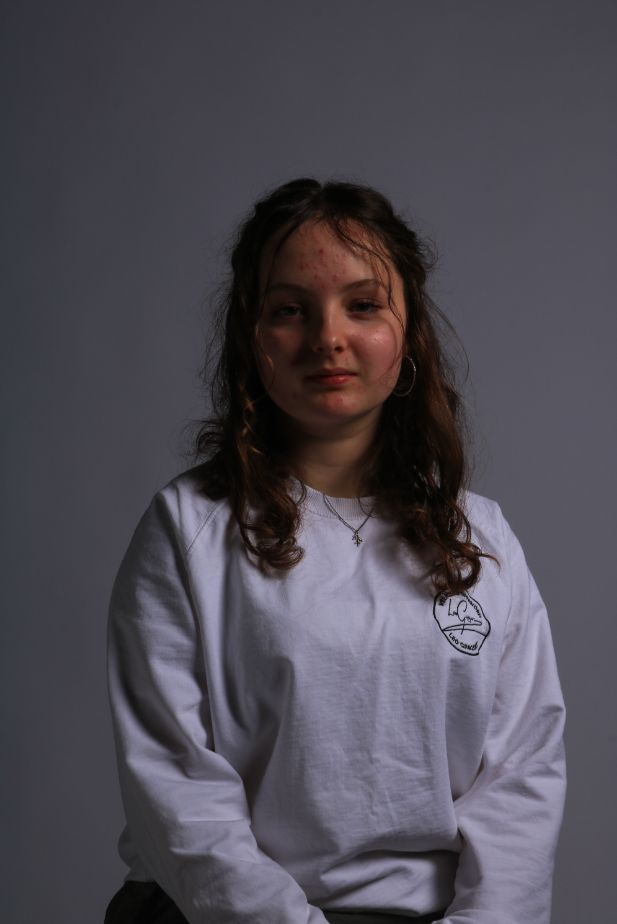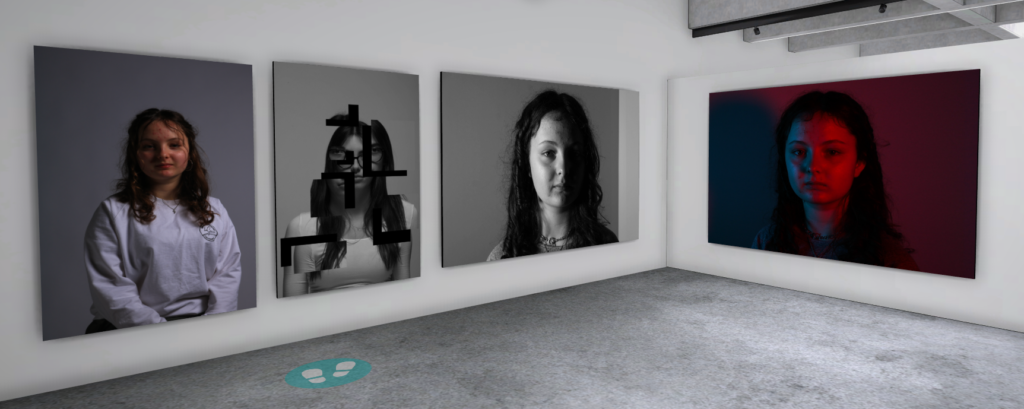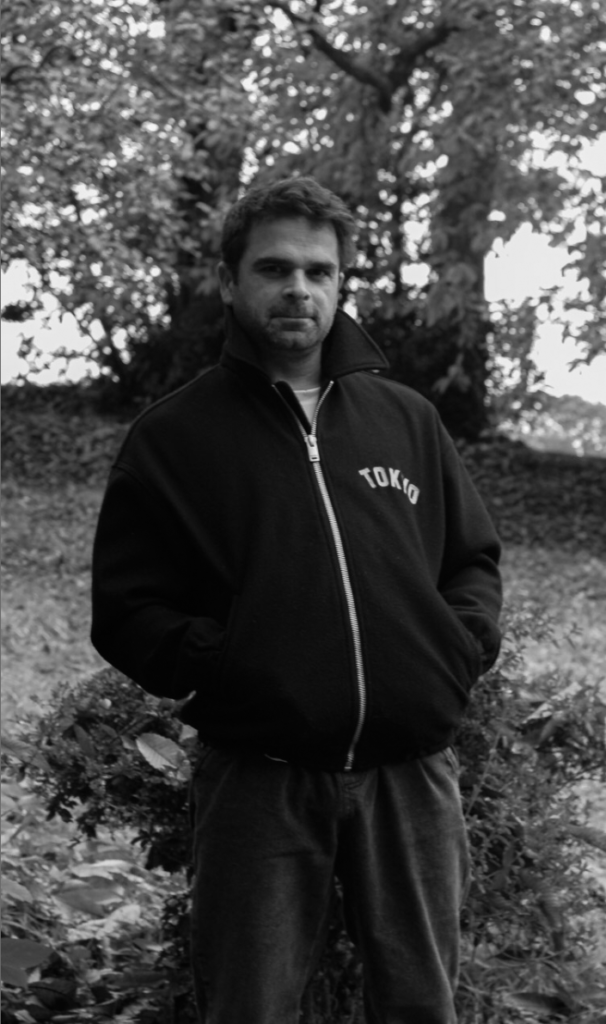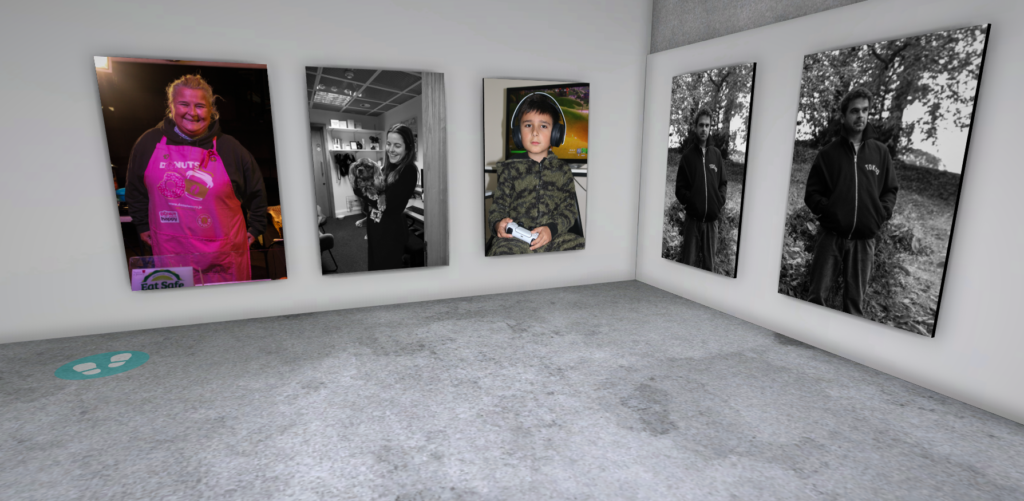what are typologies in photography?
A photographic typology is a study of “types”. That is, a photographic series that prioritizes “collecting” rather than stand-alone images. It’s a powerful method of photography that can be used to reshape the way we perceive the world around us.



The Bechers
Bernhard “Bernd” Becher (German: 20 August 1931 – 22 June 2007), and Hilla Becher, née Wobeser (2 September 1934 – 10 October 2015), were German conceptual artists and photographers working as a collaborative duo. They are best known for their extensive series of photographic images, or typologies, of industrial buildings and structures, often organised in grids. As the founders of what has come to be known as the ‘Becher school’ or the Düsseldorf School of Photography, they influenced generations of documentary photographers and artists in Germany and abroad. They were awarded the Erasmus Prize and the Hasselblad Award.]
https://en.wikipedia.org/wiki/Bernd_and_Hilla_Becher


Answering questions:
1. How did they first meet?
Meeting as students at the Kunstakademie Düsseldorf in 1957, Bernd and Hilla Becher first collaborated on photographing and documenting the disappearing German industrial architecture in 1959. The Ruhr Valley, where Becher’s family had worked in the steel and mining industries, was their initial focus.
2. What inspired them to begin to record images of Germany’s industrial landscape?
The first area they went to was the first abandoned space in Germany, they wanted to preserve the architecture this industrial landscape because they were slowly being demolished .They were fascinated by the similar shapes in which certain buildings were designed.
3. How did the Bechers explain the concept of Typology?
It was her husband that came up with that concept, late 1050s . Patterns and textures was what inspired them on how to organize their images, understanding the subsect, the background was always light grey, so the main focus is the subject that they wanted to capture, they photographed every single building from 8 different angles. They wanted to capture realistic images not romanticism.
4. Which artists/ photographers inspired them to produce typology images? Karl Blossefeldt ,August Sander and The New Objectivity
5. What is the legacy of the Bechers and their work?
They legacy was their love for each other and photography. They wanted to capture architecture that were slowly disappearing
They are using a large format camera, that was very slow. 20 to 30 minutes
Some of their work:


Analysis:

Technical: These pictures were taken in natural daylight lighting, most likely early in the morning when the sun isn’t out yet and the sky isn’t so blue.
Lighting: The lighting in all the Bechers images are natural, in an interview Hilla Becher said that they usually photograph in the morning so the sky isn’t so blue and the sun isn’t so bright to avoid shadows or over exposure images.
To photograph they used a 8×10 large format camera, this camera was very slow taking 20 to 30 minutes to take a photograph.
Visual:
In this typology water tanks are the main focus, they photographed early in the morning when the sky isn’t as blue in comparison to mid day,
Conceptual: This image shows a grid of water towers photographed in a clear, consistent way. The uniform style, black and white, same angle, no dramatic lighting, removes emotion and focuses on shape and structure. Placing the towers side by side highlights both their similarities and small differences, turning functional objects into something worth studying.

